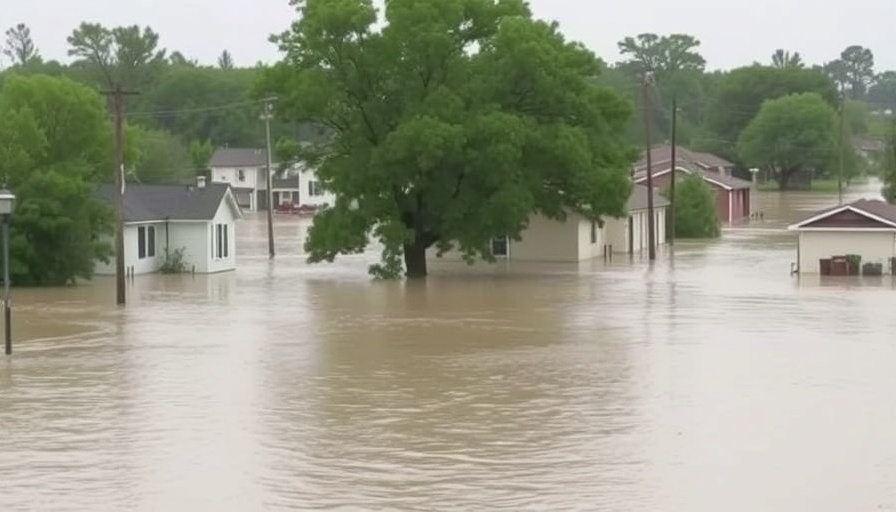
Understanding the Unanswered Questions Behind Texas Floods
In the wake of the tragic flooding in Central Texas over the July Fourth holiday, a multitude of unanswered questions loom over state officials' preparedness and responsiveness. The catastrophic floods that claimed over 120 lives and left more than 160 individuals missing have sparked scrutiny over the actions, or potential inactions, of local leaders and emergency management teams.
Questioning Emergency Preparedness
Before the floods, it was reported that the Texas Division of Emergency Management had activated state emergency resources and raised readiness levels. However, the decision-making processes behind these actions remain ambiguous. Officials have stated that early forecasts did not predict precisely where the heaviest rain would hit, leading to a scattered deployment of emergency services. As a consequence, many locals, tourists, and campers were caught unprepared in the Texas Hill Country during a devastating turn of weather.
Critiques on Response Time
Kerr County officials have faced backlash for their lack of transparency about response timelines. Questions linger over how quickly help was dispatched following flood alerts. Texas Lt. Gov. Dan Patrick claimed that local officials were informed before the storm. Yet, Kerrville Mayor Joe Herring noted a lack of direct communication regarding available state emergency resources, stating, "I personally did not receive a telephone call." This reflects a concerning disconnect between state directives and local knowledge during critical moments.
The Role of Technology in Predictive Measures
The potential for technology to improve weather forecasting and emergency response state-wide cannot be overestimated. As extreme weather becomes increasingly frequent, leveraging advanced predictive analytics and artificial intelligence may provide essential insights that aid in immediate disaster preparedness. As Daniel Hayes often discusses, innovations in technology have far-reaching implications for emergency management, from improved data analysis to enhanced communication systems.
Future Implications for Texas Emergency Management
Looking ahead, these tragic events could serve as a crucial learning point for Texas officials and emergency management agencies. The ability to analyze historical data, like this flooding incident, provides an opportunity to rethink procedures and improve future responses. Furthermore, engaging with technology and incorporating real-time data might bridge communication gaps between agencies and local communities during natural disasters.
The Human Cost of Unpreparedness
As families search for missing loved ones and communities come together to rebuild, a sense of urgency surrounds the need for better preparedness. Understanding the root causes of these failures and addressing them can help ensure that lessons from this disaster lead to significant change. The emotional toll of floods extends beyond immediate pain, impacting social connections, local economies, and community resilience in the long term.
Call to Action: Prioritize Community Engagement
As support for the affected regions of Texas continues to grow, it is essential for state and local leaders to prioritize transparent communication and community engagement. By fostering a culture of preparedness and responsiveness, communities can enhance their resilience against future disasters. Residents should advocate for improved emergency protocols and investment in advanced technologies to safeguard against the uncertain climate that lies ahead.
 Add Row
Add Row  Add
Add 




 Add Row
Add Row  Add
Add 


Write A Comment